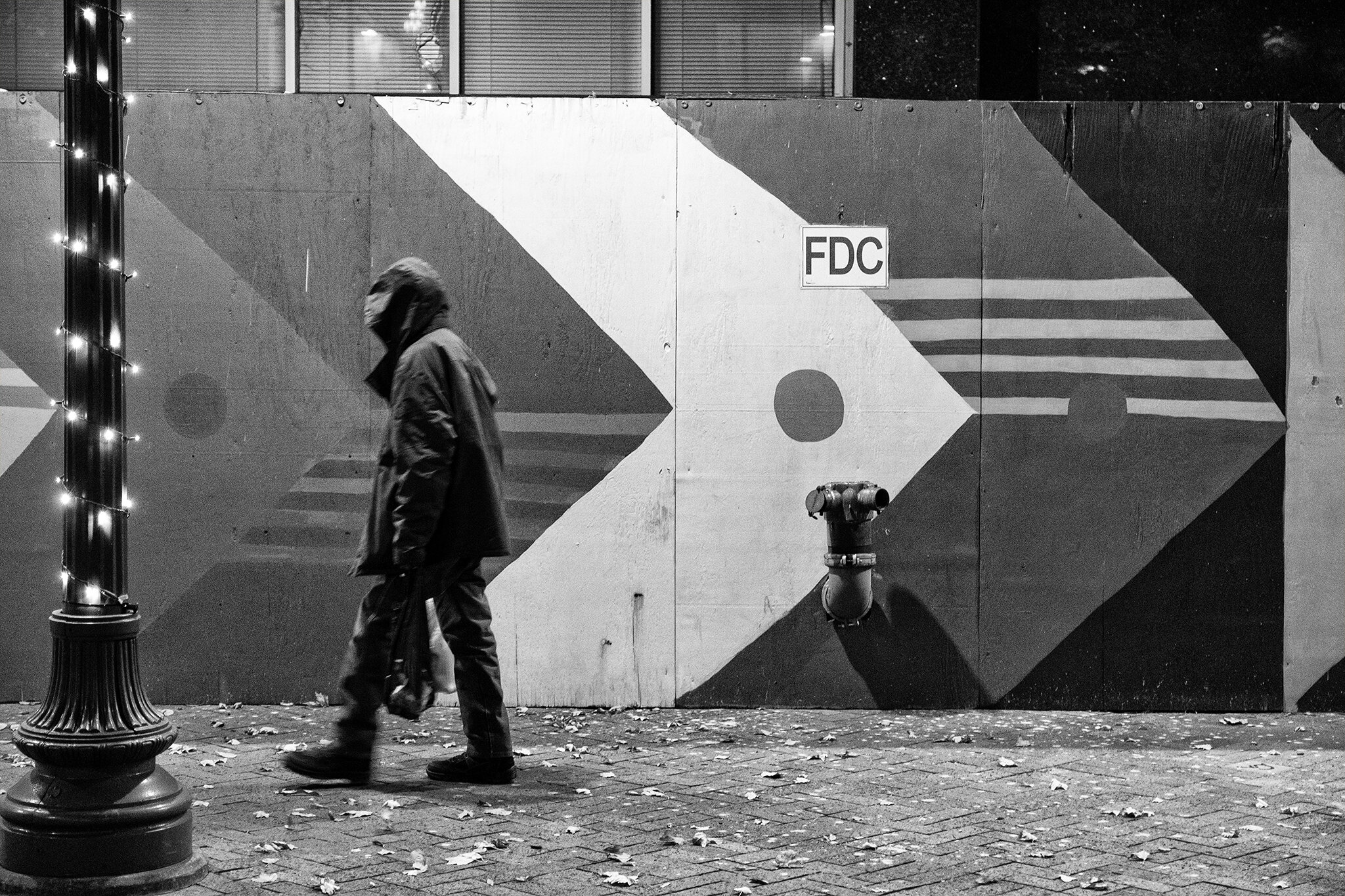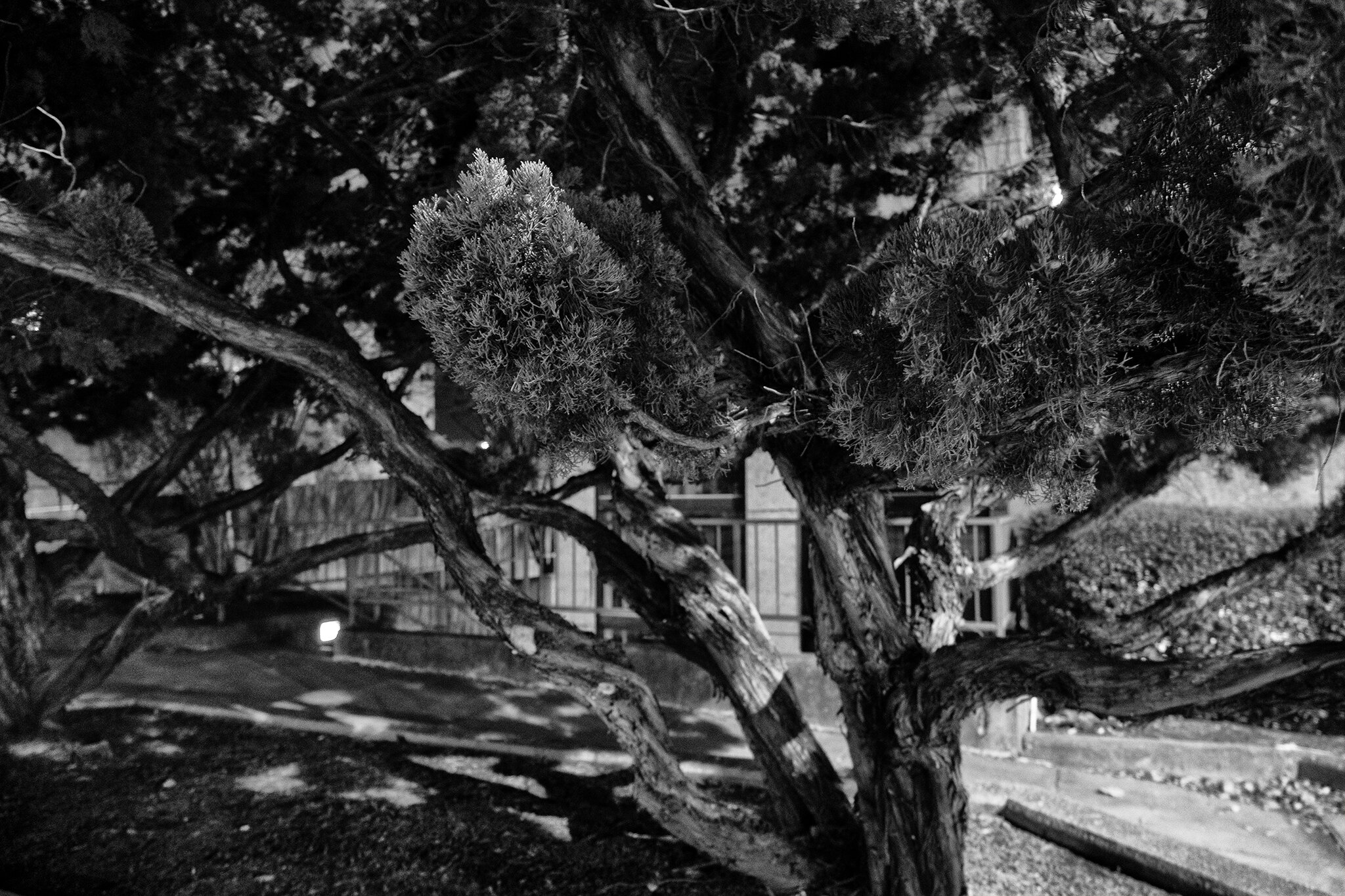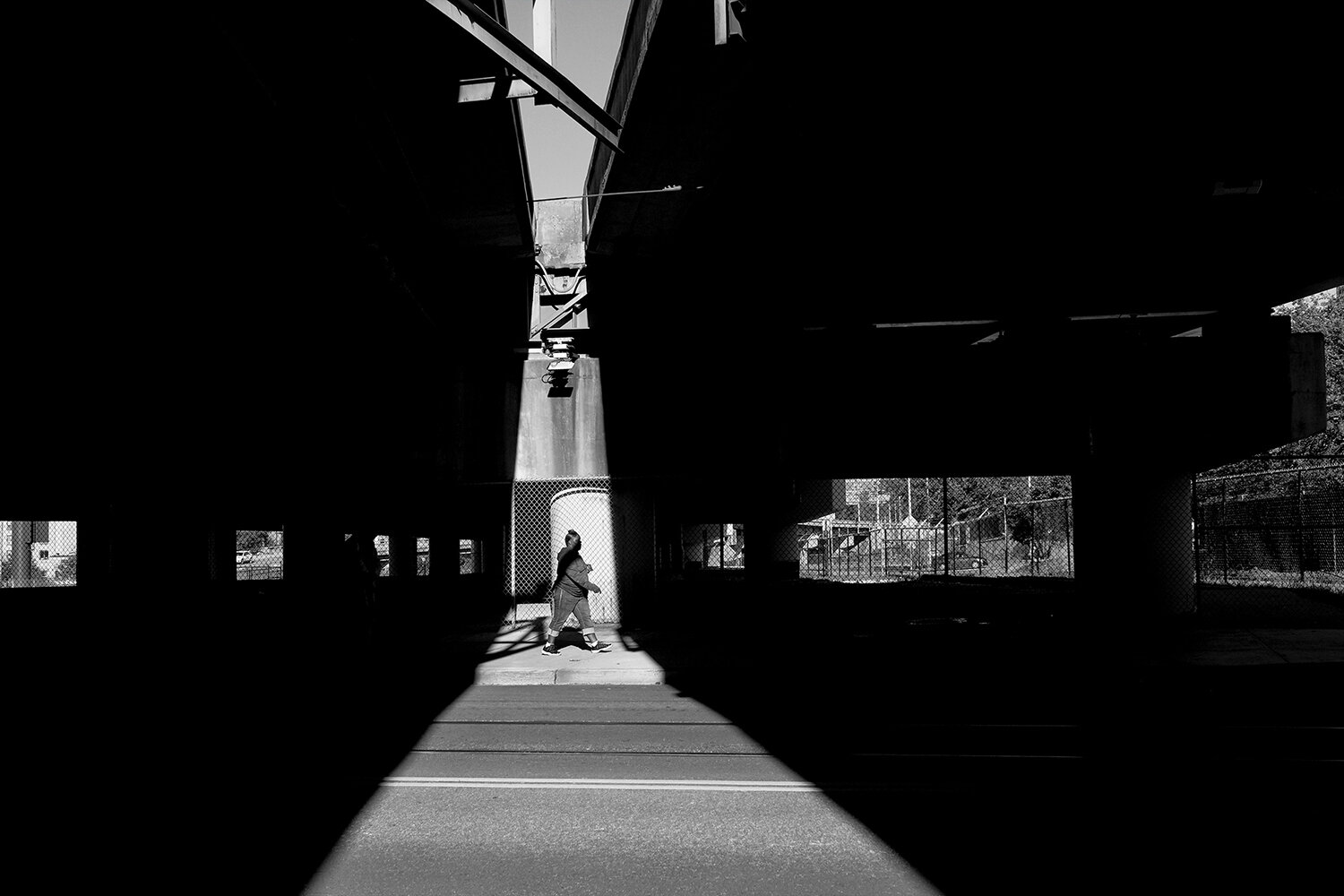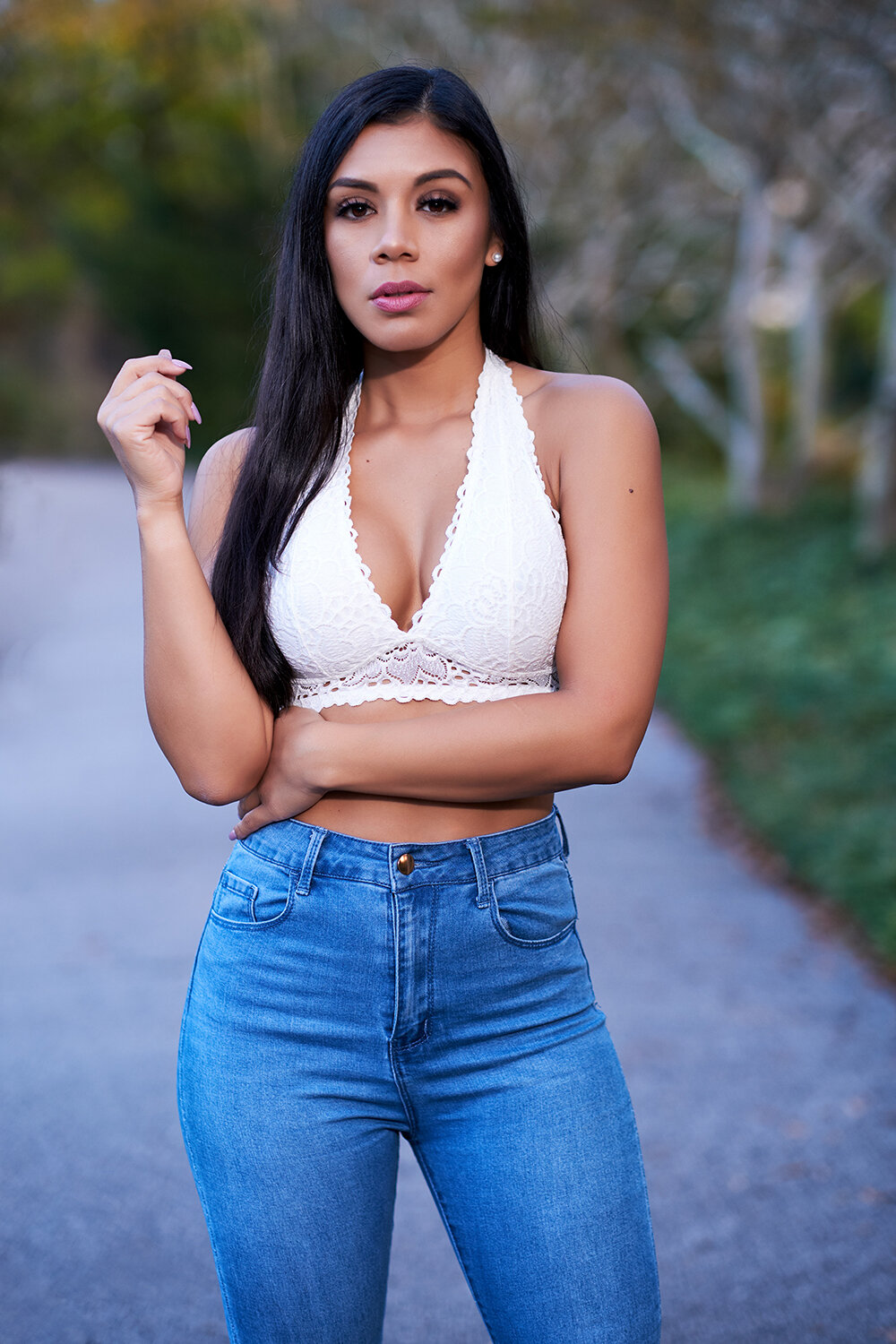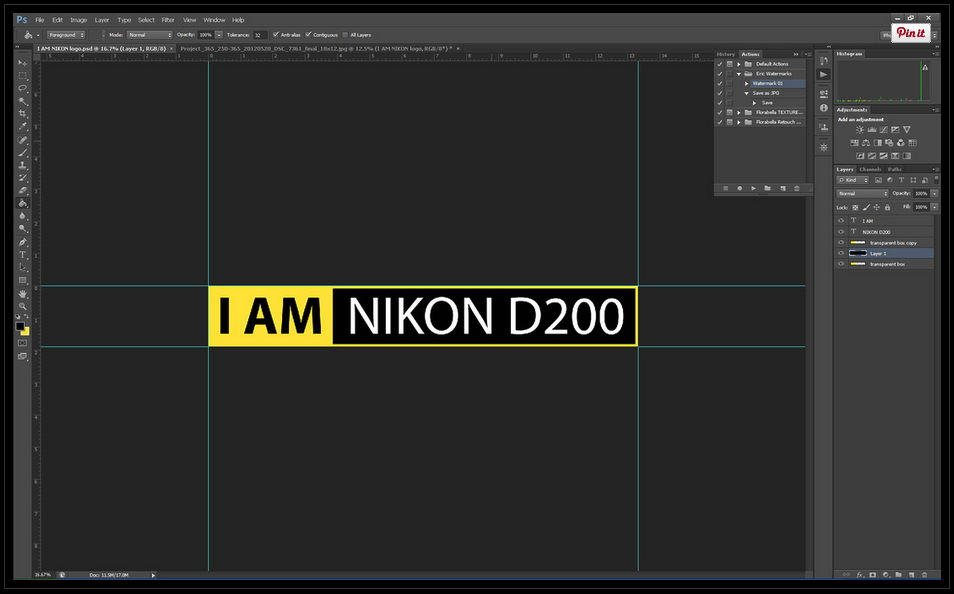Life before #COVID19 was full of photography workshops and photo shoots. I had a great time attending Imaging USA 2016. I miss going to photography workshops. Imaging USA was such a motivating experience from all of the new skills and information I learned to listening to the inspiring speeches photographers presented. I truly enjoyed meeting all of the photographers at the event and enjoyed having the time to speak with them about photography. One of the favorite parts of Imaging USA was the open trade floor demo from photography manufacturers. You could spend hours there and still not see everything. The trade show was great because you could demo anything there, I got to test out whatever camera or lens I wanted. I look forward to attending more workshops in the future once COVID is over.
Life Before COVID-19, Attending Imaging USA
Life before #COVID19 was full of photography workshops and photo shoots. I had a great time attending Imaging USA 2016. I miss going to photography workshops. Imaging USA was such a motivating experience from all of the new skills and information I learned to listening to the inspiring speeches photographers presented. I truly enjoyed meeting all of the photographers at the event and enjoyed having the time to speak with them about photography. One of the favorite parts of Imaging USA was the open trade floor demo from photography manufacturers. You could spend hours there and still not see everything. The trade show was great because you could demo anything there, I got to test out whatever camera or lens I wanted. I look forward to attending more workshops in the future once COVID is over.























